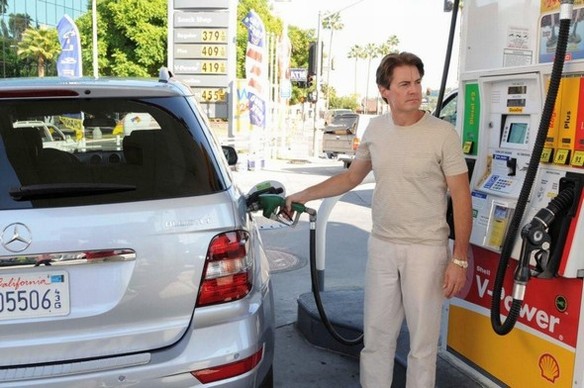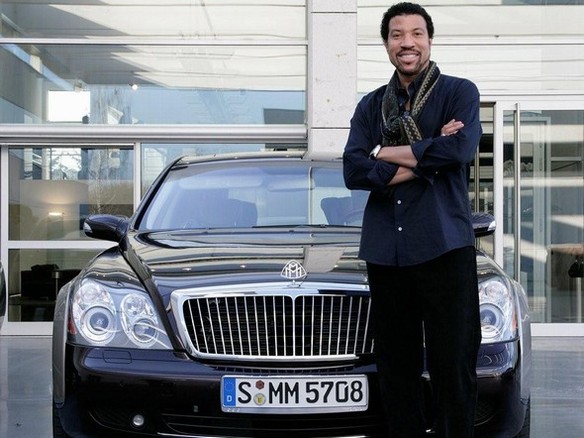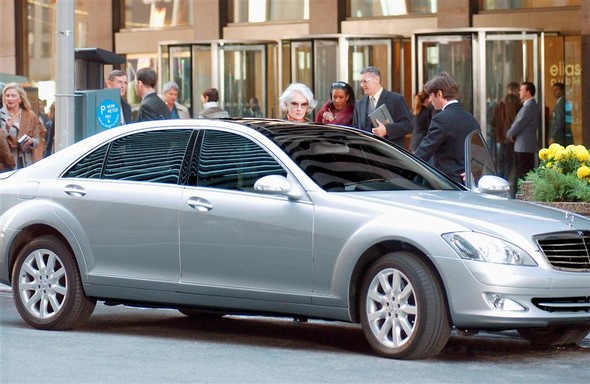Celebs and MBs
Celebrity sunday


Juan carlos

Kyle McLachlan

Lionel Richie

Lionel Richie

Lindsay Lohan


Meryl Streep

Paris Hilton

Sex and the city crew

Donald and Melania Trump


Juan carlos

Kyle McLachlan

Lionel Richie

Lionel Richie

Lindsay Lohan


Meryl Streep

Paris Hilton

Sex and the city crew

Donald and Melania Trump